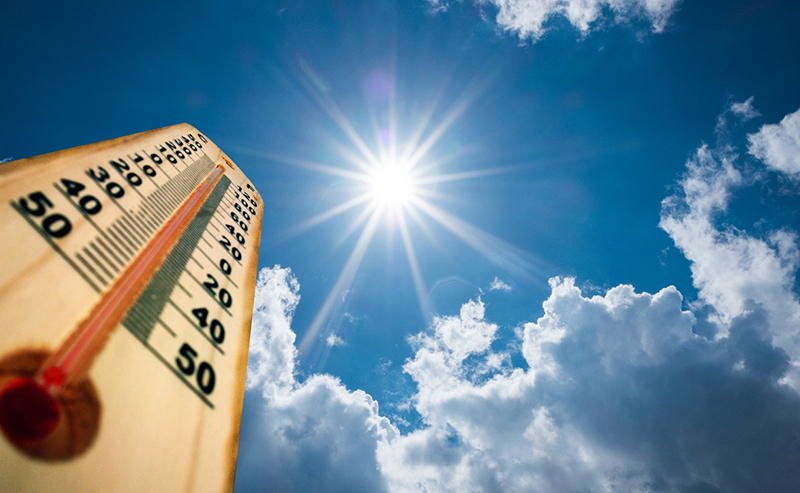From dangerous heat waves to flooding rains, the impacts of climate change are being felt from coast to coast, and unfortunately, on a more frequent basis. FEMA recognized this trend years ago and put in place a requirement that state disaster plans would only be approved if they addressed the projected effects of climate change on hazard risks. The decision proved to be a good one as numerous states have qualified for (and ultimately received) millions of dollars in pre-disaster mitigation assistance.
According to a September 2019 report from Columbia Law School and the Sabin Center for Climate Change, all 50 states have issued new State Hazard Mitigation Plans (SHMPs) since 2013. Further, nearly all of these SHMPs explicitly recognize and discuss climate change to some degree. “Some states,” as written in the report, “address climate change within each relevant hazard profile, other states designate climate change as its own hazard profile, and some states put climate change into its own separate section rather than within the description of hazards.”
Additionally, and as indicated in the report, “Some states, such as Alabama and Colorado, discuss the future probability of each hazard in relation to climate change and even identified regions of the state most vulnerable to each hazard.”
So, while climate change continues to be studied and debated, most state hazard mitigation planners recognize the need to consider the impacts of climate change when determining the probability of certain future events. These include, but are certainly not limited to the natural hazards of drought, wildfire, erosion, sea-level rise, and high wind, but also non-natural hazards, such as energy shortages or power/utility failures.
FEMA believes “Disaster costs are expected to continue to increase due to rising natural hazard risk, decaying critical infrastructure, and economic pressures that limit investments in risk resilience.” Accordingly, the Agency will continue to consider “new pathways to long-term disaster risk reduction, including increased investments in pre-disaster mitigation.” Among them is FEMA’s latest initiative, the Building Resilient Infrastructure and Communities (BRIC) pre-disaster hazard mitigation grant program, which is presently worth $500M.
As a reminder and according to the National Institute of Building Sciences, it is now estimated that every dollar invested in mitigation saves six dollars in prevented damages (up from four dollars in previous years). That’s pretty significant given the National Centers for Environmental Information (under the National Oceanic and Atmospheric Administration) identified 115 natural disasters responsible for at least $1 billion in damage in the U.S. between 2010 and 2019.
If your state is preparing to update its hazard mitigation plan and potentially expound on the effects of climate change, consider enlisting the help of a knowledgeable and experienced third party. Consider Tennessee-based BOLDplanning. Email info@BOLDplanning or call 615.469.5558 to learn more today.






